New study uses Earth as a stand-in for an exoplanet, and shows that even with very little light — as little as one pixel — it is still possible to measure key characteristics of distant worlds.



A Russian billionaire has held a lavish ceremony at a castle in Austria to declare himself the leader of a new, independent “space nation” called Asgardia.
A Russian billionaire who dreams of one day living in space holds a lavish ceremony at a castle in Austria to declare himself the leader of a new, independent space nation called Asgardia.

The secret of life extension from vampires.
Getting older and dying is so inconvenient. Eating a healthy diet and exercising is a good start in warding off death, but if you’re looking to truly up your immortality game, the answer is simple: teen blood. For a whopping $8,000, the old and the wealthy can receive a blood transfusion from a teenager. Yes, you read that right.
At Ambrosia’s clinics in San Francisco and Tampa, Florida, the wrinkled are receiving what founder Dr. Jesse Karmazin simply refers to as a “young blood treatment.” Patients are administered a transfusion of around 0.66 gallons of blood acquired from donors between the ages of 16 and 25.
“It’s like an entire set of new blood,” Karmazin tells Inverse.
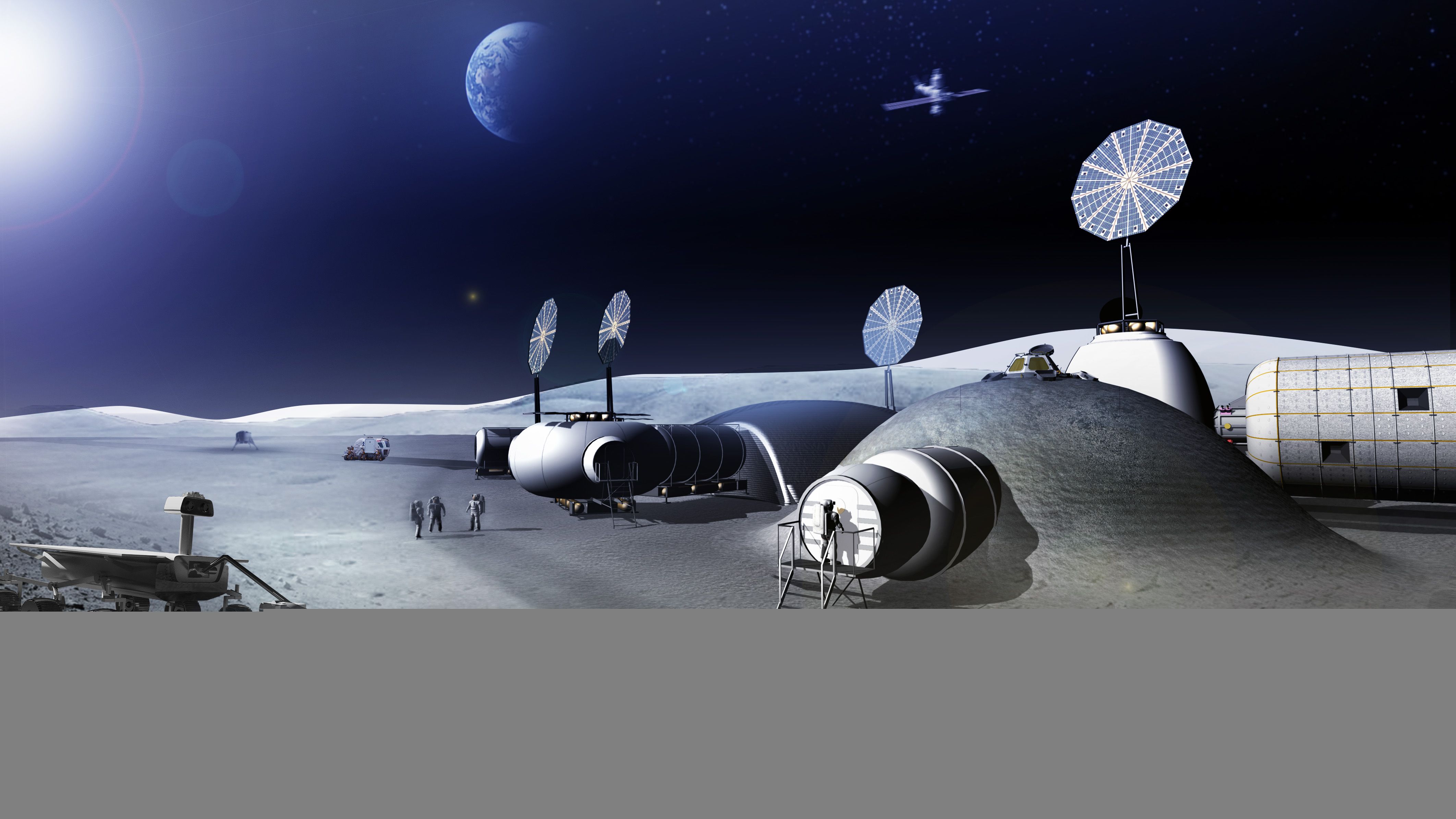
For: Moon Village Association Location: EU, initiated on workshop at ISU in Strasbourg, then created in Prague, Lund, Terracina, London Year of Completion: 2018 Team: space architects Tomas Rousek, Katarina Eriksson, Vittorio Rossetti.
It was very inspiring to see a presentation of Prof. Jan Woerner, ESA director general, at the MVA workshop at ISU in Starsbourg. When we have seen the range of all elements that are encompassed in the vision, it was clear to us that it would be good to illustrate it with more than just one 3D-printed module. With colleagues space architects Katarina Eriksson and Vittorio Rossetti we offered our help to MVA organizers to illustrate the new vision of Global Moon Village. We created 3D concept including more the components of lunar exploration and infrastructure that were mentioned, i.e. modules of ESA, NASA and international and commercial partners, Google Lunar X-Prize rovers and cis-lunar station.
We also proposed facelift concept of logo for MVA, with half moon over O circle.
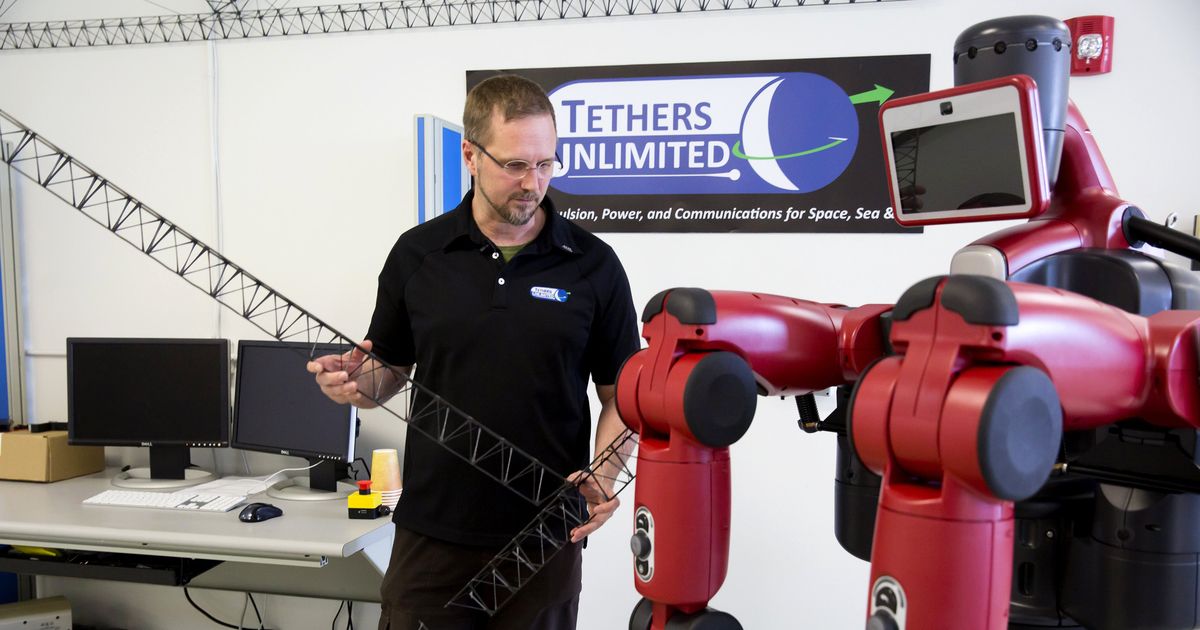
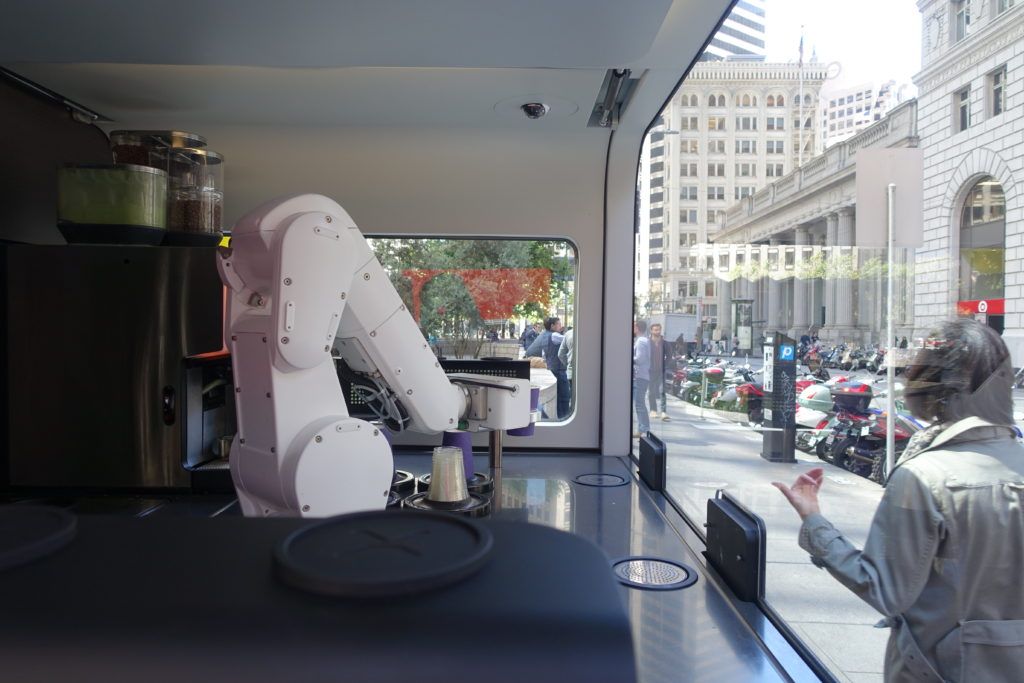
Cafe X, the robotic coffeeshop startup, debuted its second generation robot barista kiosk on the streets of downtown San Francisco today.
Unlike other dedicated storefront locations, this new version of the Cafe X robot is a standalone kiosk that sits literally on the sidewalk at the corner of Sansome and Bush in SF’s Financial District. In addition to the updated form factor, the new version of the robot can handle multiple drink sizes (8 oz and 12 oz), clear cups, and also does nitro-infused cold brew coffee.

Behold, the Earth! See live views of Earth from the coming to you by NASA’s High Definition Earth Viewing (HDEV) experiment.
Behold, the Earth! See live views of Earth from the International Space Station coming to you by NASA’s High Definition Earth Viewing (HDEV) experiment.
While the experiment is operational, views will typically sequence through the different cameras. If you are seeing a black image, the Space Station is on the night side of the Earth. If you are seeing an image with text displayed, the communications are switching between satellites and camera feeds are temporarily unavailable. Between camera switches, a black & gray slate will also briefly appear.
The experiment was activated on April 30, 2014 and is mounted on the External Payload Facility of the European Space Agency’s Columbus module. This experiment includes several commercial HD video cameras aimed at the Earth which are enclosed in a pressurized and temperature controlled housing. To learn more about the HDEV experiment, visit: https://eol.jsc.nasa.gov/ESRS/HDEV/
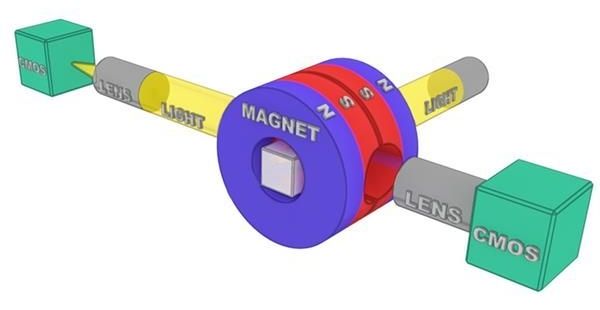
3D bioprinting is a process for patterning and assembling complex functional living architectures in a gradient fashion. Generally, 3D bioprinting utilizes the layer-by-layer method to deposit materials known as bioinks to create tissue-like structures. Several 3D bioprinting techniques have been developed over the last decade, for example, magnetic bioprinting, a method that employs biocompatible magnetic nanoparticles to print cells into 3D structures.
But now a Russian research team has developed a new method of bioprinting that allows to create 3D biological objects without the use of layer-by-layer approach and magnetic labels. The new method, which involves magnetic levitation research in conditions of microgravity, was conducted by the 3D Bioprinting Solutions company in collaboration with other Russian and foreign scientists, including the Joint Institute for High Temperatures of the Russian Academy of Sciences (JIHT RAS).
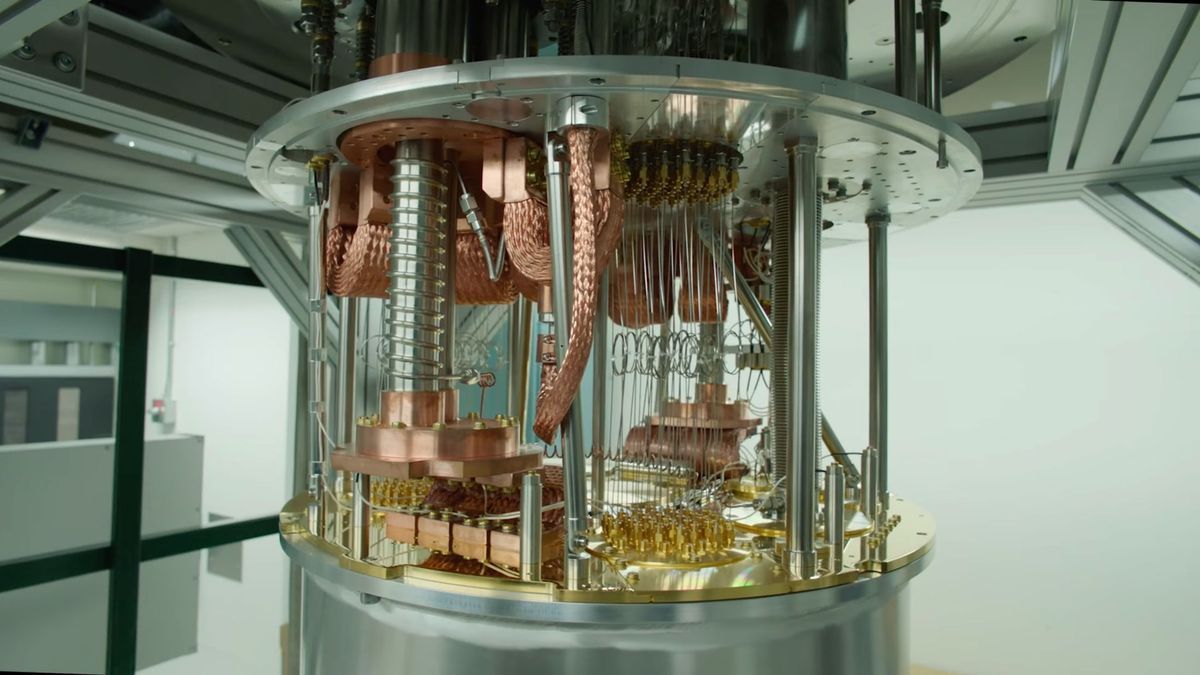
Satya Nadella, the chief executive officer of Microsoft Corp., calls quantum computing one of three emerging technologies that will radically reshape the world, along with artificial intelligence and augmented reality. But it’s easier to describe quantum computing’s importance — that is, its potential importance, because it barely exists now — than to say what it is. Understanding quantum mechanics, whose principles underpin quantum computing, involves a lot of mental mountain climbing. Someth.

Living in a culture dependant upon caffeine and lack of sleep, its important to remember that sleep offers an incredibly important biological function. One night of sleep deprivation is tied to Alzheimer’s disease.
While people once believed that sleep was merely a period of inactivity and rest, modern studies in chronobiology have shown that sleep is important for a variety of biochemical processes. A recent study suggests that sleep is even more important than physicians and scientists previously thought, allowing the brain to flush out toxic chemicals that build up over the course of a day.
Neurotoxins and Your Brain
The cells in your brain are busy throughout the day, performing a variety of reactions that create mental function. Unfortunately, many of these processes have toxic byproducts that could be deadly to cells if not removed.